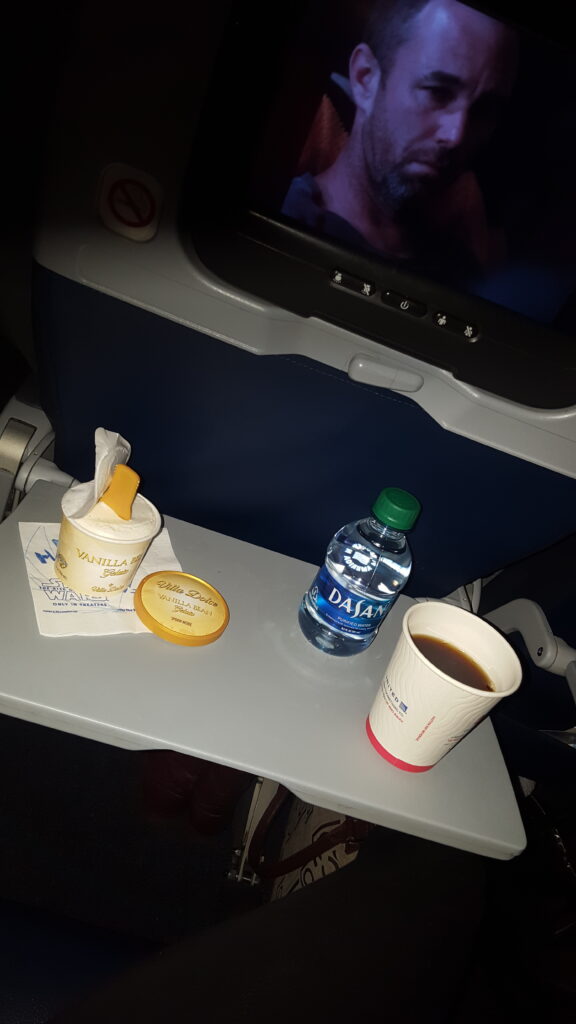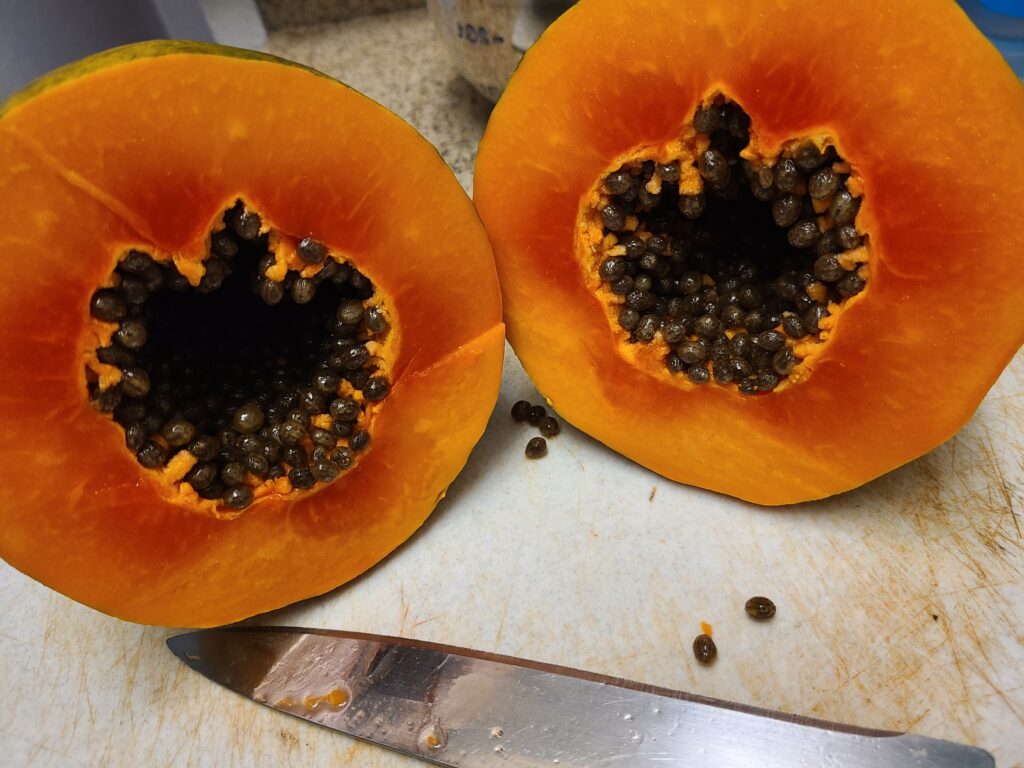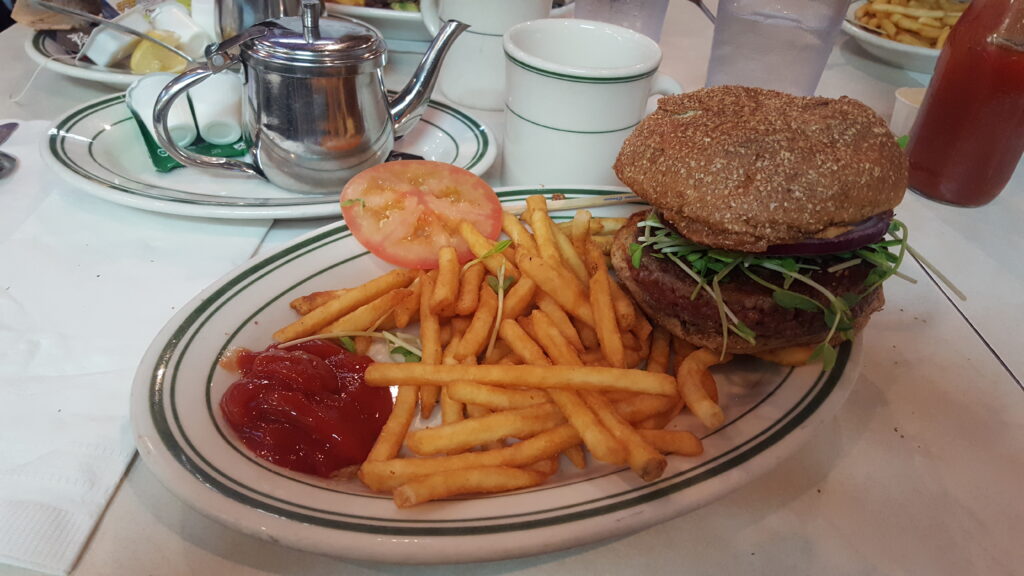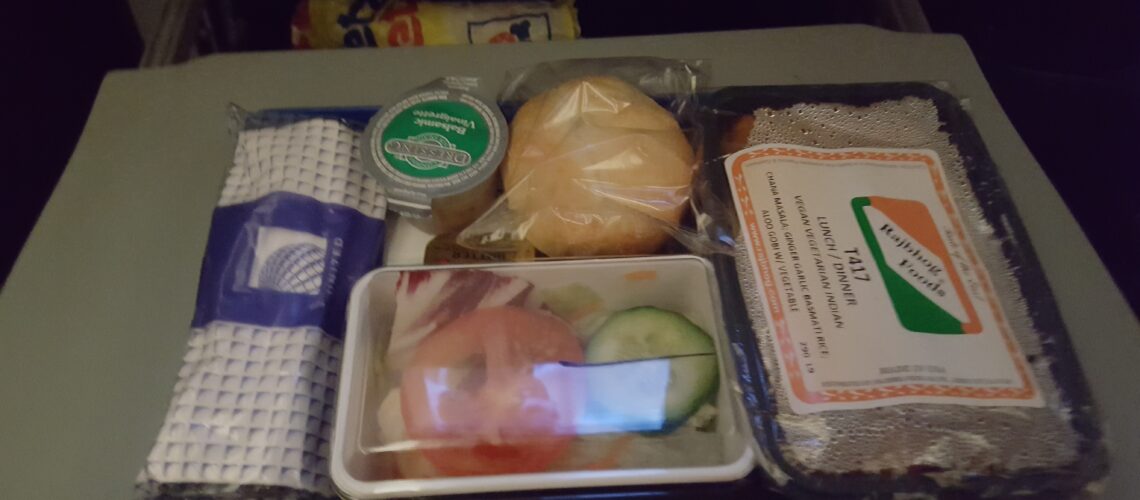
October 28, 2022
What you need to know to get food through the TSA checkpoint
Can you bring food on a plane?
It’s a question we’ve all asked, whether we’re trying to smuggle home a local delicacy or just plain forgot about the cured meats in our carry-on until we were in the security line. The simple answer is yes, you can take pretty much any kind of food on to a plane—you’ll just hit trouble the closer the foods are to a liquid. While food items are allowed on flights, confusion often reigns when it comes to figuring out whether your mom’s prize-winning casserole can travel in a carry-on.
Whether your food meets airport security’s requirements comes down to a few simple guidelines. “If you can spill it, spread it, spray it, pump it, or pour it, then it’s considered a liquid or gel,” says Mark Howell, regional spokesperson for the TSA. That means it falls under the 3-1-1 liquids rule, which mandates that any liquid, gel, cream, aerosol, or paste in a carry-on must be 3.4 ounces or less, and fit in one quart-size resealable bag (only one such bag is allowed per passenger). Still, even if an item is generally permitted, it may be subject to additional screening or not allowed through the checkpoint if it triggers an alarm during the screening process, appears to have been tampered with, or poses other security concerns.
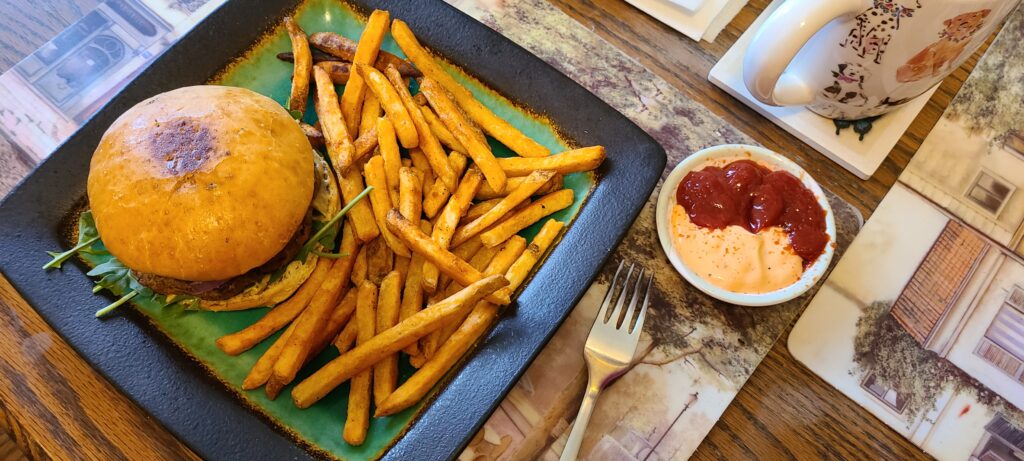
What foods are and are not allowed on a plane?
Spreadable foods and cheese
If a cheese or other foodstuff is spreadable, like cream cheese, peanut butter, or Nutella, then traveling with it in your carry-on means packing in line with that 3-1-1 liquids rule explained above (unless it’s in a sandwich, in which case you should be fine.) Solid cheese, solid chocolate and, well, solid peanuts, are treated as dry snacks and allowed in your cabin bag without limit so long as your bag stuffed to the seams with blocks of extra sharp Vermont cheddar doesn’t exceed the airline’s weight and size allowances.
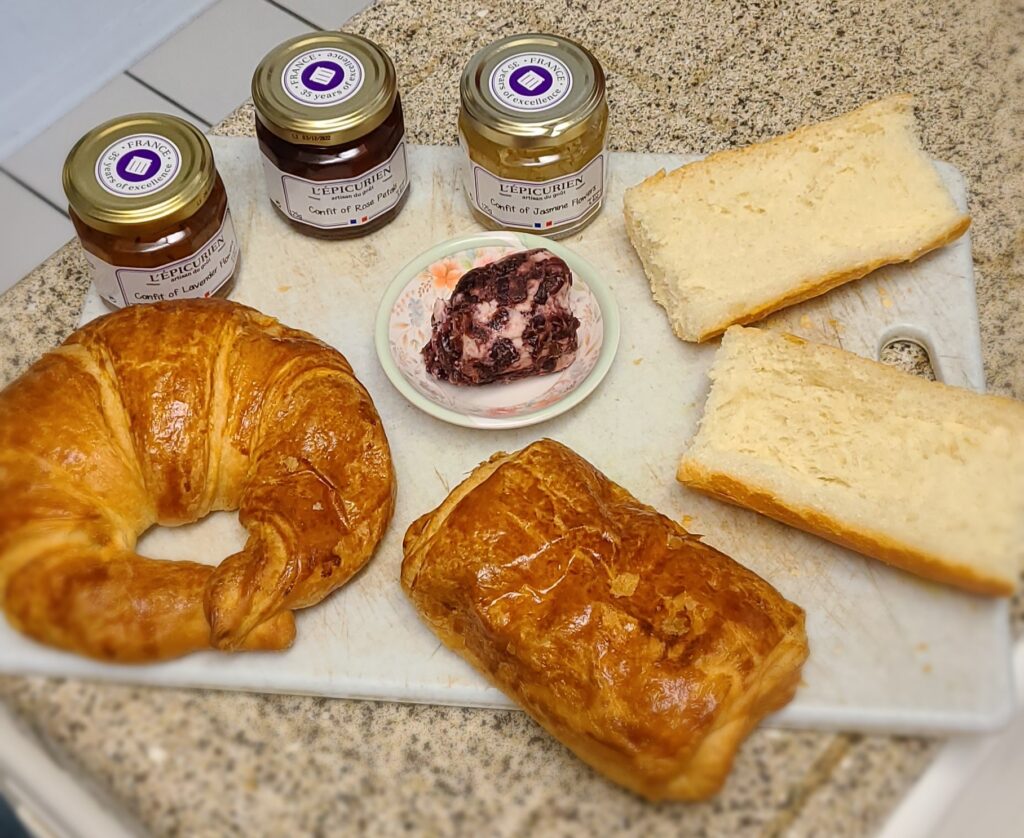
Canned or bottled items
Cranberry sauce may be integral to a holiday meal, but unless you’ve decanted it into a bottle of 3.4 ounces or less, its gelatinous consistency puts it too far into liquid territory to be allowed in a carry-on. Cans of cranberry sauce—along with other similarly jiggly and pourable foods—must be in checked luggage. These include gravy, containers of frosting, jams, jellies, soft butter, honey, syrups, salsa, dips, chutney, spreads, soup, pudding, salad dressing, and other food items that resemble these, such as mustard or hummus, which respectively qualify as a spread and a dip.
As always, alcohol and other liquids are allowed in your carry-on, provided they are in containers of 3.4 ounces or less, all fitting inside that clear, quart-size baggie.

Seafood and meats
Meats, whether cooked, raw, whole, or sliced, are fine to bring onboard your flight. Nonetheless, be courteous when traveling with meat and seal it up well, with an aim to keep any smells or juices contained. Pack extra packaging materials, just in case the Saran wrap hits a snag. Eggs are also allowed onboard, and they don’t even need to be hard-boiled—but again, packaging here is crucial.
As we discovered in 2017 when the TSA found (and cleared) a 20-pound lobster in luggage, the clawed crustaceans and other frozen seafoods are allowed as carry-on or checked luggage, with proper packaging. Some airports, like those in Boston and Halifax, even sell ready-to-fly boxes of lobsters, fitting up to ten in one box, and packed with bags of frozen peas instead of ice or gel blocks.
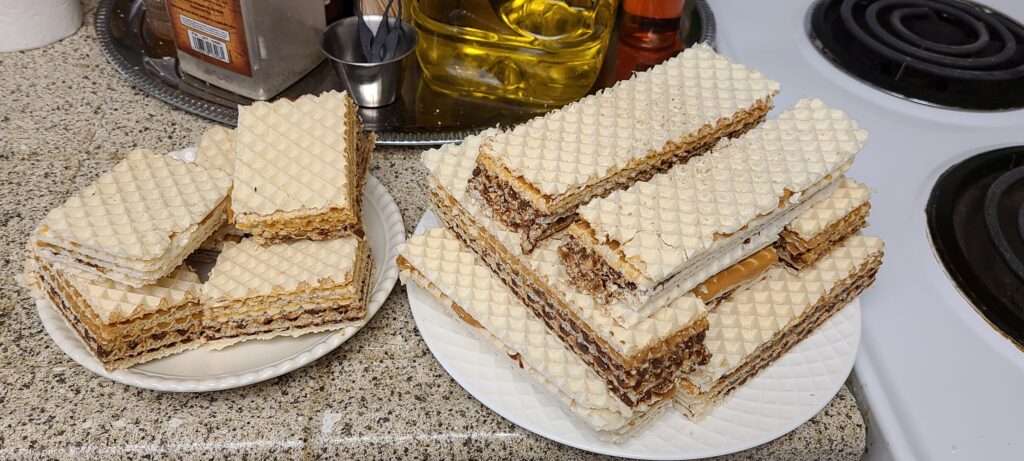
Pies and cakes
Taking a fresh-baked pie or cake on to a plane may tempt TSA agents into a weak joke about taste-testing, but pies and cakes are allowed as carry-ons, whether whole or sliced. Apple dumplings, cupcakes, brownies, fritters, donuts (filled or not), cookies, gingerbread, dry baking mixes, and even fruitcake are okay to fly in the cabin. They do count as a carry-on item, though, and you may be asked to put them underneath the seat in front of you as opposed to the overhead bin.
Sweets still must pass through the X-ray machine at security, so the TSA agents will quickly determine if there’s anything more dangerous than ganache at the center of those truffles.
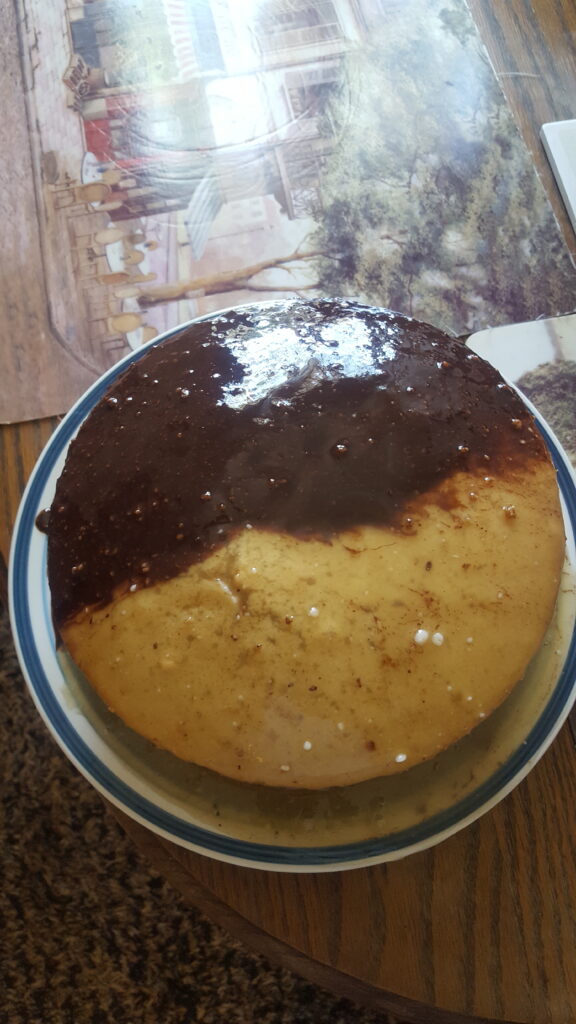
The other stuff
Still not finding your answer? Double-check that the food item with which you want to fly isn’t in the TSA list of prohibited items. If still in doubt, try the “Can I Bring?” feature on the MyTSA app or snap a photo of the item and send your question directly to the TSA via Facebook Messenger or Twitter. During business hours, it only takes someone at the TSA about a half-hour to determine whether or not you’ll be allowed to bring a box of durian custard tarts on your flight.
Foods you shouldn’t bring on a plane
In general, we recommend abiding by a version of the “Golden Rule” modified for air travel: Only bring onboard food that you yourself wouldn’t mind smelling if someone else brought it onboard. In summary, leave the very crunchy, pungent, sticky, and problematic foods at home. This means no Cheetos, Fritos, tuna, gum, or bags of hot McDonalds fries, pretty please. As for problematic foods, anything which could cause another passenger to have an allergic reaction—such as peanuts—is always a risk, so opt for another impulse snack at the airport grab-n-go.
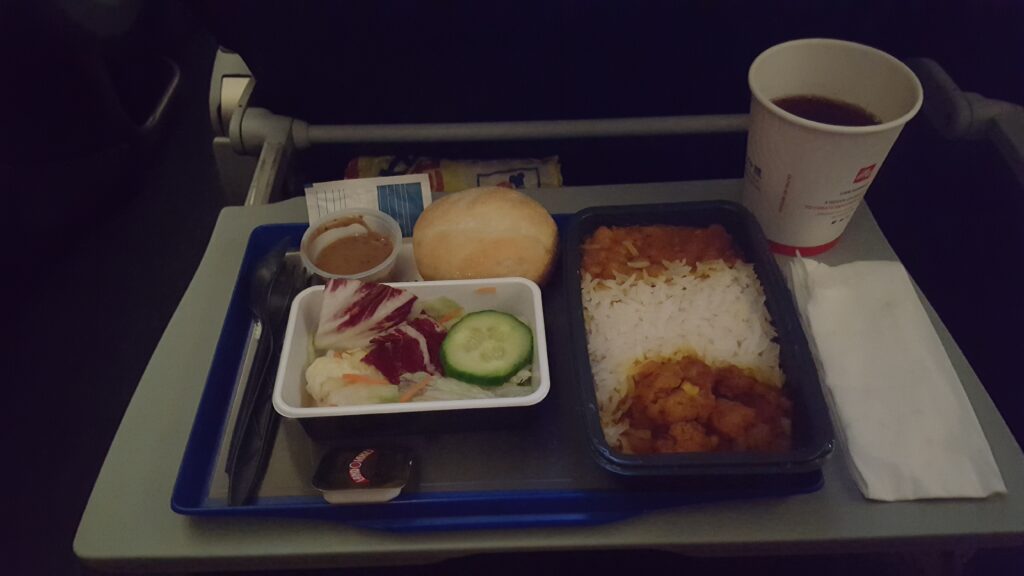
Remember: you can always check anything
Whether it’s ingredients for mom’s famous casserole or a batch of brownies, tucking your food into your checked luggage is almost always a safer bet. Checked bags aren’t party to the liquid rules of carry-on luggage, so liquids and foods like honey, salsa, jam, and creamy cheese—the ones that fall into that questionable gray area between a liquid and solid—are always best checked.
When deciding how to puzzle piece food into your luggage with clothes and other items, pack assuming your suitcase will end up manhandled and at the bottom of a heap of suitcases. Almost no foods, nor food packaging, are designed with turbulence in mind: this means packing delicate items—like the layers of an unassembled cake or cookies—in sturdy boxes, tins, or Tupperware, and surrounding them tightly with clothes, the same way you would with china or glassware.
If your food needs to stay cold, pack it with frozen gel packs (or use bags of frozen peas), but remember to be careful to always pull them out of the freezer the moment before you leave for the airport to ensure maximum frozenness.
As with any food you bring into the cabin, be mindful of the odor of foods you check into your luggage, too. If you’re flying with food that has a strong scent—say, onion bagels or certain cheeses—wrap them well or place them in a sturdy freezer bag so the other contents of your luggage don’t spend the flight simmering in the stench. That Roquefort you purchased in Paris may taste great, but it’s not as nice as a perfume.
